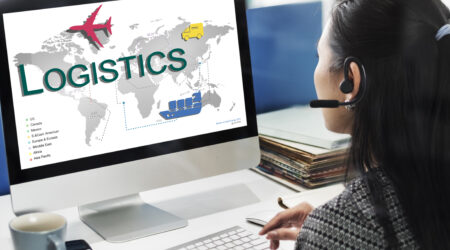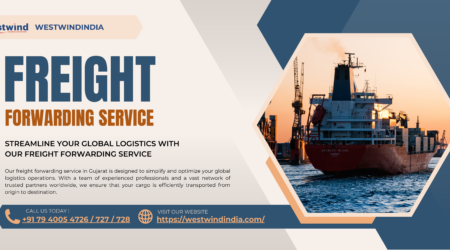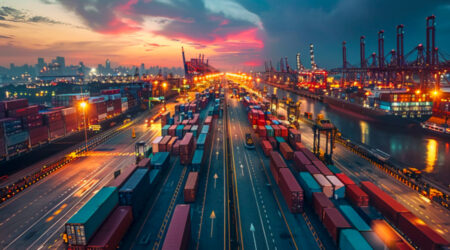5 Secrets Top Custom Clearance Agents In Mumbai Don’t Want You to Know
Frustrated with high fees and confusing paperwork during import-export in…

Frustrated with high fees and confusing paperwork during import-export in…

If you’re exporting from Gujarat is one of India’s leading…

Efficient logistics are the backbone of any business—especially in a…

When it comes to freight forwarding, selecting the right service…

When it comes to shipping goods internationally, businesses often find…

The logistics industry is undergoing a transformative evolution, driven by…

In today’s fast-paced and globalized market, choosing the right logistics…